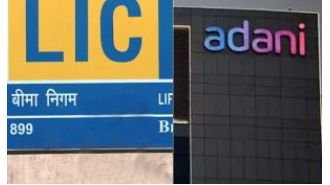Broken Cap Tables
A “cap table” is a schedule of all the shares outstanding for a specific company. Here’s an MBA Mondays post I wrote back in 2011 on the subject of cap tables. If you want to know how much of a company you own, a cap table is the best way to figure that out.
Cap tables are almost always prepared and kept in spreadsheets, usually excel, but also increasingly google sheets. And, it turns out, they are often wrong.
Henry Ward is the founder and CEO of a company that is aiming to fix that called eShares. Last month USV led a Series A round in eShares and my partner John Buttrick wrote a bit about that investment today on the USV blog.
The reason I tell you this is that yesterday Henry wrote a great post about broken cap tables that everyone in the startup world should read. Here are the four big takeaway’s from Henry’s post:
- Most cap tables are wrong
- Most investors don’t track their shares
- Note holders are often forgotten
- Employees suffer most
How does Henry know this? Well part of eShares’ business is converting cap tables from spreadsheets into their cloud based application and reconciling everything to make sure it is correct. They onboard about 100 companies a month right now and they see a ton of cap tables.
Tracking everyone’s ownership in companies is a perfect application for a cloud-based network of owners and issuers. If every company used a platform like eShares, and if all these platforms talked to each other, if there was a common identity standard, then as you move from one company to another over your career, collecting equity along the way, you could access and manage all of your ownership interests in a single dashboard.
This is a service that is incredibly useful to startups and angel investors and VCs. But as Henry outlines at the end of his post, it will ultimately help employees the most. And, as we have discussed here before, employee equity is certainly more broken than cap tables are. Fixing that is a worthy mission for a startup and that is what Henry and his team intend to do.






